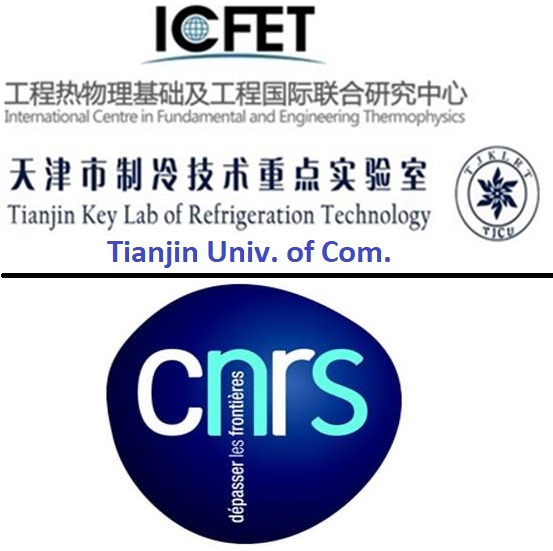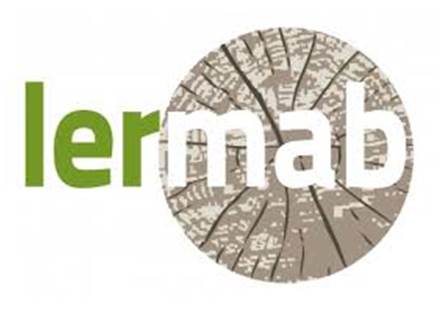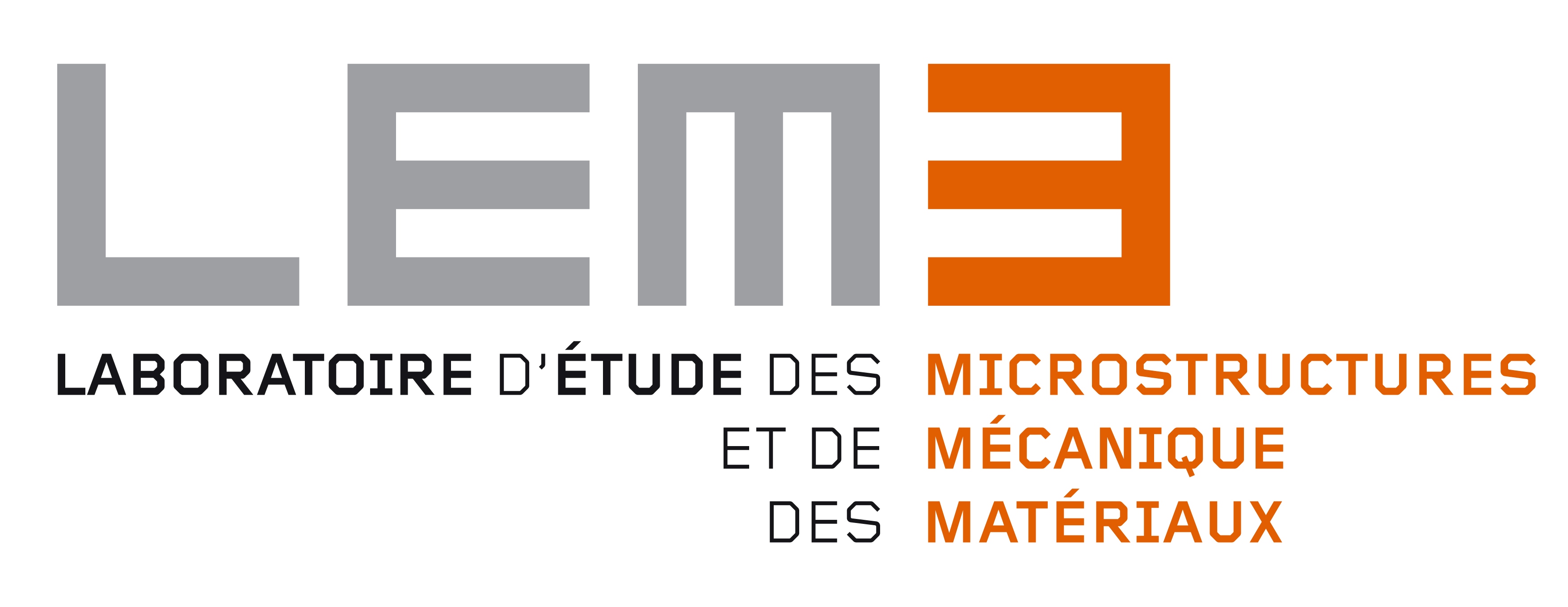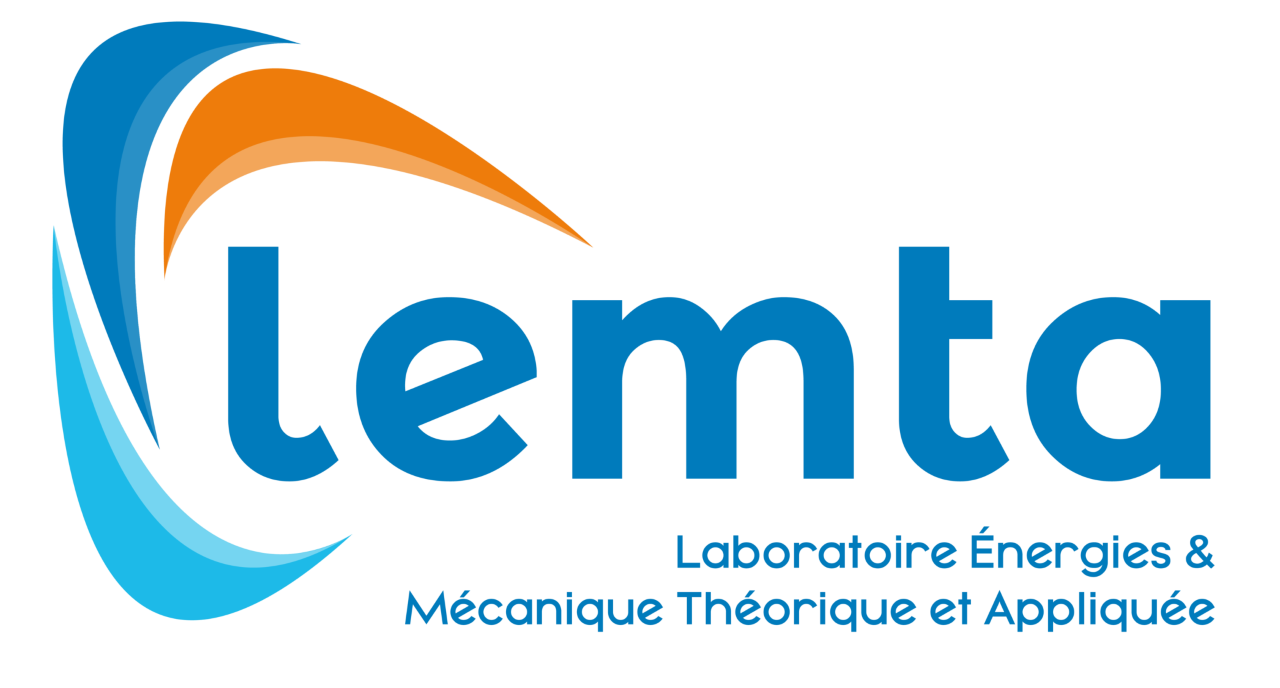Prof. Alexander Lukin
Western‐Caucasus Research Center, Tuapse, Russian Federation.
Low‐dimensional nanocarbon allotropes represent promising nanoscale building blocks as they possess unique structural, chemical and physical properties that are of great interest for the high‐end applications in the emerging field of nanotechnology. The ʺholy grail” of one‐dimensional carbon allotropes, an ideal one‐dimensional form of carbon, named as a carbine, represents an infinitely long linear chain of carbon atoms. The growth of the macroscopic crystals of carbyne is inhibited by the instability and high reactivity of this allotropic form of carbon. Relatively recently, were found new route to compensate for the above disadvantage by encapsulating oriented linear chains of carbon atoms ‐ the monatomic carbon filaments into the matrice of amorphous carbon, creating bends and controlling the end groups in the process of ion‐assisted pulse‐plasma growth. Such kind of carbon nanostructured metamaterials were named as an 2D‐ordered linear‐chain carbon, that represents a two‐dimensionally packed hexagonal array of carbon chains held by the Van der Waals forces with the interchain spacing approximately being between (4.8–5.03) angstroms. The outstanding nano‐architecture, physical and chemical properties, determined by the unique combination of electronic bond structures between the boundary nano‐allotropes in this nano‐matrice, provide a huge application potential and versatility of these carbon nanomaterials. Application of the 2D‐ordered linear‐chain carbon opens possibilities for enhancing the functional properties of a number of nanomaterials and to unlock their full potential for practical applications in advanced nanotechnologies and high‐end devices.
Improving the technological capabilities of growing and precision programming of the properties of the lowdimensional carbon allotropes as well as carbyne‐enriched nanomaterials allows create new versions of the multifunctional hybrid nanomaterials with a set of new unique properties and, thereby, reveal fundamentally new opportunities practical use of these nanomaterials.
Nowadays, the research on materials science is rapidly entering a phase of data‐driven age. For predictive grows the 2D‐ordered linear‐chain carbon‐based functionalizing nano‐matrixes with a unique set of programmable nanoarchitecture and properties, by using the results of experimental testing, we propose apply a new paradigm in Materials Science – a science based on data and deep informatics of nanomaterials. In this area, the experimental data is a new resource, and knowledge is extracted from datasets of materials.
We propose fine tuning the vibrational signature, functionality and nano‐architecture of the 2D‐ordered linear‐chain carbon‐based nano‐matrices by using the surface acoustic waves (SAW)‐assisted precision micro/nano manipulation by the pulse‐plasma grows zone combined with the data‐driven carbon nanomaterials genome approach, which is a deep materials informatics‐based tool‐kit, belonging to the fourth scientific paradigm. The use of SAW tool‐kit makes it possible to precisely manipulate by bond breaking and formation during the ion‐assisted pulse‐plasma growth and, accordingly, by sp‐phases transformations in the nano‐matrice growth zone. The possibility of programmable Chladni patterns excitation at the nanoscale is a key approach for controlling the nano‐architecture and properties of growing 2D‐ordered linear‐chain carbon‐based nano‐matrices. Since the required combination of sp‐phases in the composition of the nano‐matrices being grown can be provided in a narrow range of technological growth parameters, the selection and exact provision of which is a difficult task, the use of SAW tool‐kit opens new possibilities for precision tuning of parameters in the nano‐matrice growth zone for providing the required combination of the sp‐phases.
The proposed data‐driven carbon nanomaterials genome approach establishes linkages between key modes and parameters of ion‐assisted pulse‐plasma growing of the functionalizing nano‐matrices and their resulting nanoarchitecture and physicochemical properties through a set of multifactorial computational models, developed with use extensive experimental data for a selected set of key descriptors or fingerprints.
Development of the data‐driven carbon nanomaterials genome approach is an effective catalyst for the creation of new modifications of multifunctional carbon nanomaterials with a set of new unique properties, the discovery of new application areas of the multifunctional carbon‐based nanomaterials as well as for intensification of the development of promising high‐tech devices.
Prof Alexander Lukin got a M.S. degree (Rocket Propulsion Engineer) from Izhevsk State Technical University with the Diploma of Excellence (1985) and Ph.D. degree (Phys. & Math.) from the Physics-Technical Institute of the Ural Branch of the Russian Academy of Sciences (1993). Dr. Lukin was involved in critically-important research programs associated with the development of the solid propulsion systems that support the upper stages of intercontinental ballistic rockets. Dr. Lukin is Associate Fellow and Lifetime Member of the American Institute of Aeronautics and Astronautics (AIAA), International Member of the AIAA Solid Rockets Technical Committee (SRTC); Member of the AIAA United Nations Committee On Peaceful Uses of Outer Space (UN-COPUOS) Working Group (WG); Member of the International Advisory Committee of the State Key Laboratory for Modification of Chemical Fibers and Polymer Materials (SKLFPM) in Donghua University, Shanghai, China; Professor-Advisor of the Shaanxi Research Institute of Applied Physics-Chemistry, China; Academic Consultant of the North-Western Polytechnic University, China; Member of the National Graphene Association (NGA). Dr Alexander Lukin is Expert of the Russian Academy of Sciences, Expert of the Expertise Councils of the Russian Science Foundation, Expert of Federal Register of Experts of the Ministry of Education and Science of the Russian Federation in the area of Space and Transport Systems, Honorary Fellow and Chair of the Research Sub-committee of the Academic Council of the Australian Institute of High Energetic Materials (Sippy Downs, Australia). More details is available at the following reference: http://www.wcrc.ru/Lukin-CV-2022.pdf
Dr. Lukin's areas of research interest are in aerospace propulsion; energetic materials; carbon-based nanomaterials; deep materials informatics; ion-assisted pulsed-plasma deposition; self-organizing of the micro/nano-scale structures; plasma-acoustic coupling mechanism; nanoclusters; cymatics; micro/nano-pattern formation; advanced propulsion materials; ignition and combustion of propellants for space and rocket propulsion; unstable and abnormal combustion of the energetic materials; microscale combustion mechanisms; functional nanomaterials; advanced plasma technology application.


















